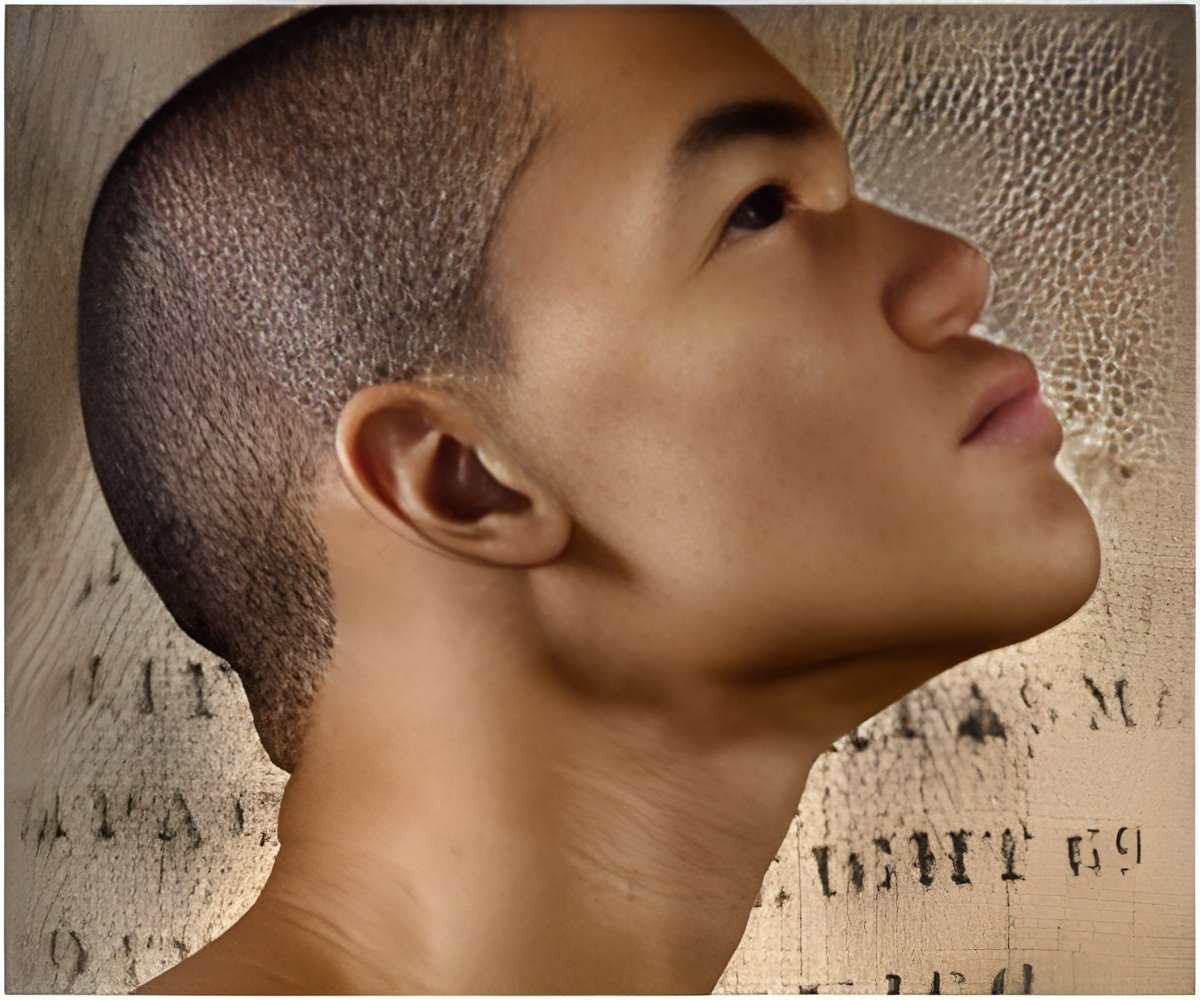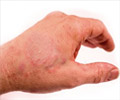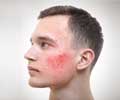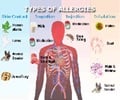Black children with eczema were 30 percent less likely to see a doctor for their eczema though the disease severity was higher.

‘There are barriers to healthcare for eczema among black children irrespective of income and insurance status.’





The study, published in the Journal of the American
Academy of Dermatology, also found black children who
see a doctor about the condition have more visits and receive more
prescriptions than white children, indicating more severe disease.Eczema is a common inflammatory disease that causes red and itchy skin. There are several different types, and all told about 30 million Americans have some form of the disease. Data from the Centers for Disease Control shows roughly 11 percent of children experience eczema in the United States, with black children experiencing it more commonly (17.1 percent) than white children (11.2 percent) or Hispanic children (13.7 percent). In addition to the physical impact on the skin, eczema is associated with negative psychological effects.
"Previous studies have demonstrated disparities in overall healthcare utilization among racial and ethnic minorities, but few studies have examined this question specifically for eczema," said the study's senior author Junko Takeshita, MD, PhD, MSCE, an assistant professor of Dermatology and Epidemiology at Penn.
"This is the first study to look at racial and ethnic differences in healthcare utilization for eczema on an individual level rather than relying on a sample of outpatient visits, making this a unique evaluation of eczema that includes those not accessing care for their disease."
The study's lead author was Alexander H. Fischer, MD, MPH, who was a medical student at Johns Hopkins University at the time of the research.
Advertisement
Based on data collected from 2,043 people with eczema, researchers estimated the data on a national scale. According to these estimates, of the nearly three million children with eczema represented in this study, 66 percent are white, 18 percent are black, and 16 percent are Hispanic.
However, the number dropped to just 51.9 percent for black children which, after accounting for baseline differences in sociodemographic factors and insurance status, translates to a 30 percent lower likelihood of seeing a doctor for their eczema than whites.
"The data show that race alone can be a predictor of whether or not a child with eczema will see a doctor, independent of other social or demographic factors or insurance status," Takeshita said.
In addition, minority children reporting eczema were an average of a year to a year and a half younger. They were also less likely to have any private insurance, more likely to fall into the low income category, and more likely to have asthma relative to white children.
"While the study is not without its limitations, our findings suggest there are barriers to healthcare for eczema among black children irrespective of income and insurance status, despite likely having more severe skin disease," Takeshita said.
"Further research is needed to understand what these barriers are and why they exist so that we can ultimately make efforts to eliminate this disparity."
Source-Eurekalert













